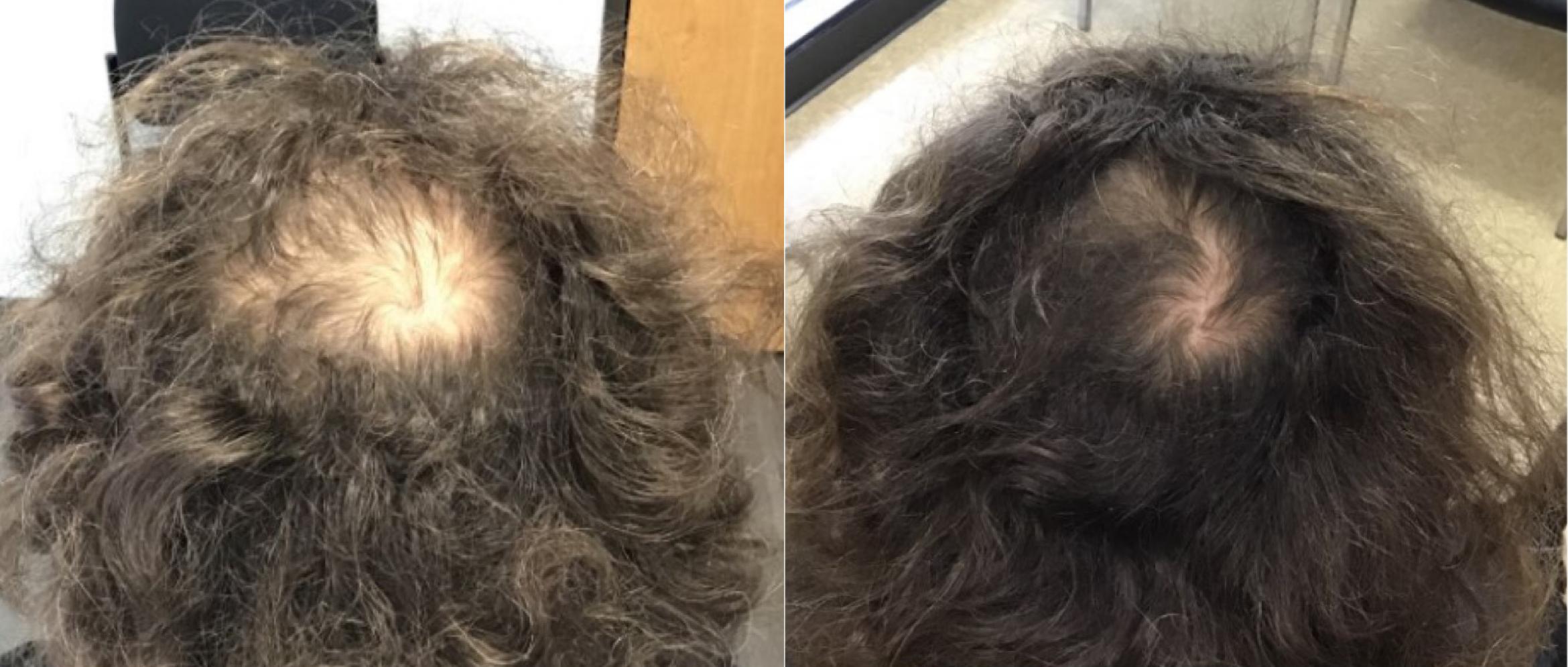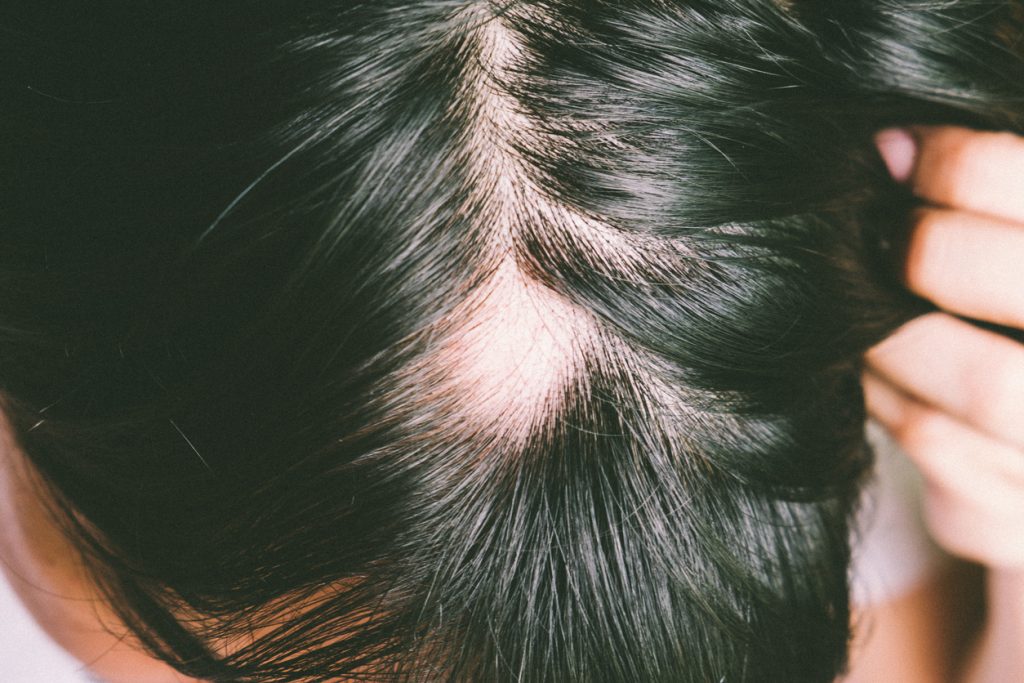Affecting nearly 7 million Americans, alopecia is a frustrating condition. What is alopecia? The short answer is “hair loss,” but the longer answer takes into account the various types of alopecia. Alopecia areata, for instance, is a condition that causes hair to fall out in small, often unnoticed patches. The condition can worsen into alopecia universalis, which causes total hair loss. The hair may grow back, but alopecia often returns, and the condition can vary from person to person. Fortunately, our medical and cosmetic dermatology practice offers Houston men and women several hair loss treatment options.
What Is Alopecia Caused By?
Alopecia is an autoimmune disease, which means that the body attacks its own cells—in this case hair follicles—mistaking them for foreign invaders like viruses or bacteria. The actual cause remains unknown, but researchers suspect both genetics and environmental factors may play a role.
Males and females can both experience alopecia, but it is more common in females. Even children can develop the condition.
Can You Fix Alopecia?
The first thing to do if you think you might have alopecia is to set an appointment with your DermSurgery Associates dermatologist. They will examine your scalp and may perform a biopsy or blood test to determine whether you are experiencing alopecia or something else.
Many autoimmune disease experts often recommend an anti-inflammatory diet to help quiet the auto-immune response in the body. Sugar, processed foods, and alcohol may trigger inflammation in the body. An anti-inflammatory diet features whole grains, fruits and vegetables, and lean meat.
 Treatments may include topical applications, injections, or oral treatments, depending on the type of alopecia being treated. For instance, topical applications like Minoxidil may spur hair regrowth for those with androgenic alopecia (male- and female-pattern hair loss). Innovative approaches like light therapy and platelet-rich plasma (PRP) therapy may also be of use for certain types of alopecia.
Treatments may include topical applications, injections, or oral treatments, depending on the type of alopecia being treated. For instance, topical applications like Minoxidil may spur hair regrowth for those with androgenic alopecia (male- and female-pattern hair loss). Innovative approaches like light therapy and platelet-rich plasma (PRP) therapy may also be of use for certain types of alopecia.
In the photos above, the photo on the left is before hair restoration and the photo on the right is 7 months after treatment with an oral medication (finasteride) and a topical application (Minoxidil). You can see more hair restoration before and after pictures in our photo gallery.
Can PRP Regrow Hair?
In PRP therapy, your own plasma is spun down in a centrifuge from a sample of your own blood. This plasma contains growth factors that stimulate surrounding stem cells to repair damaged tissue and regenerate new tissue. This process starts with microneedling of the scalp to enhance absorption. Then your plasma is applied directly to the scalp. The quick treatment is non-invasive and pain-free.
If you suspect that you are suffering from alopecia and have been searching the internet for a “dermatologist near me,” for treatment contact us at any of our Houston-area offices. You can use our online form or call us at (713) 791-9966 to request an appointment today.


Leave a Reply